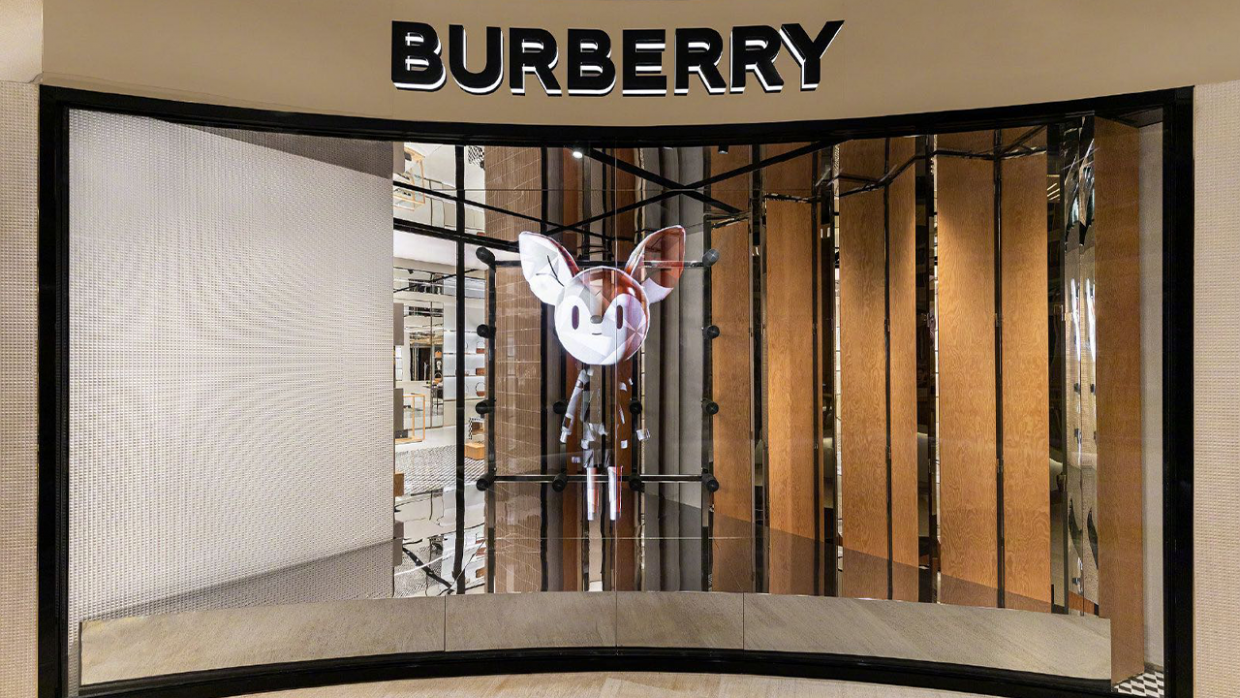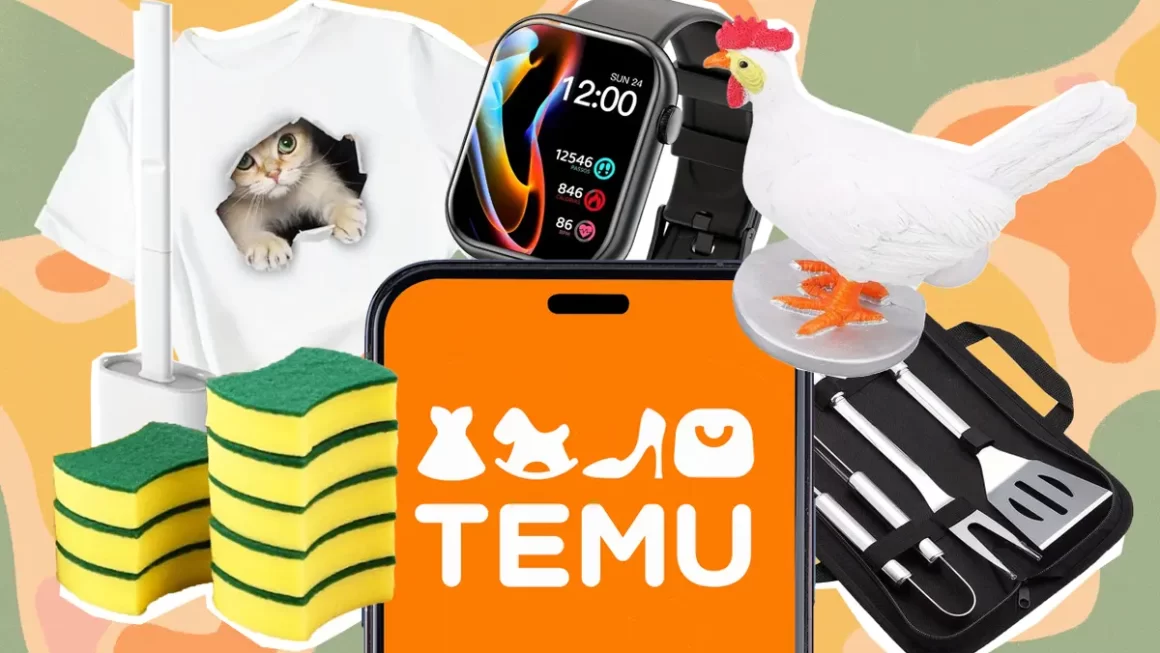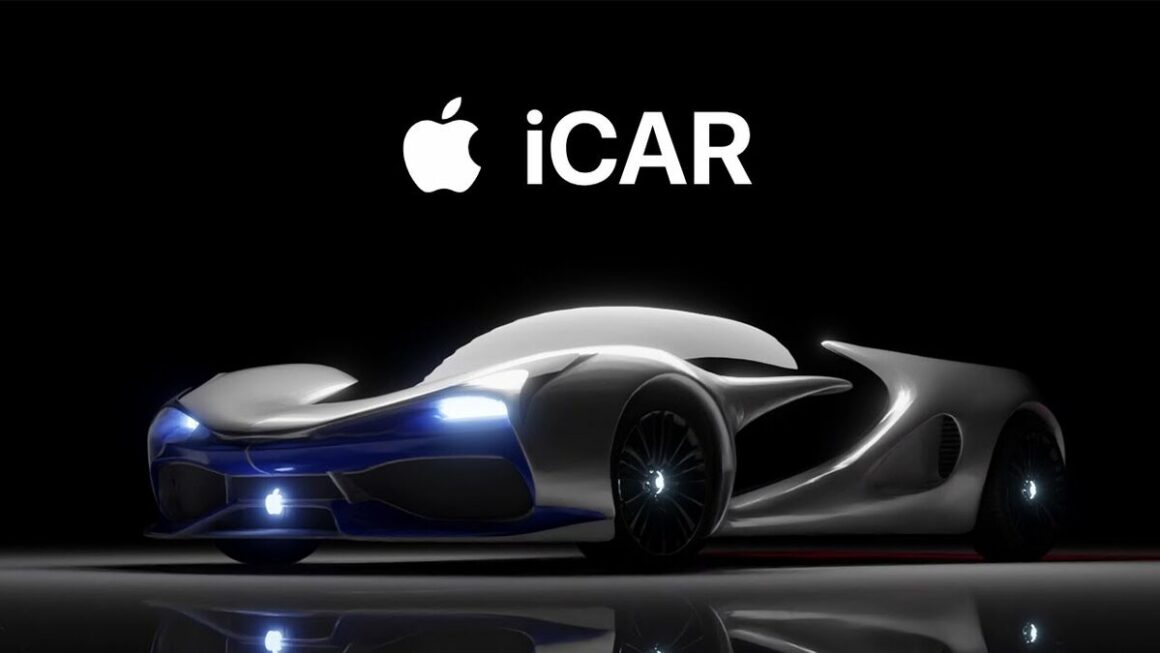Burberry is a British luxury fashion house established in 1856 by Thomas Burberry. The company is headquartered in London, England, and currently designs and distributes ready-to-wear, including trench coats (for which it is most famous), leather accessories, and footwear. In this article, we’ll delve into the Marketing Strategies and Marketing Mix of Burberry.
Burberry was founded in Basingstoke, Hampshire, England, when Thomas Burberry opened his own store. The business initially focused on the development of outdoor attire, and in 1879, Burberry introduced gabardine to his brand, a hardwearing, water-resistant yet breathable fabric, in which the yarn is waterproofed before weaving. Gabardine quickly became popular with explorers and military personnel, and the Burberry trench coat was born.
In the early 20th century, Burberry became a leading supplier of military uniforms, and its products were worn by British officers in both World Wars. The company also began to expand its range of products, introducing womenswear, childrenswear, and accessories.
In the 1990s, Burberry underwent a period of rebranding, and the company’s logo was updated to include the Latin word “prorsum”, meaning “forwards”. Burberry also began to focus on its retail presence, opening stores around the world.
Today, Burberry is one of the most successful luxury fashion brands in the world. The company’s products are sold in over 418 stores in over 34 countries. Burberry is also a major player in the digital fashion space, and the company has a strong social media presence.
Here are some additional facts about Burberry:
- The company’s signature check pattern was introduced in 1924.
- Burberry’s first fragrance, Burberry Brit, was launched in 2004.
- The company’s runway shows are always highly anticipated, and they have been attended by celebrities such as Kate Moss, Cara Delevingne, and Rihanna.
- Burberry is a sustainable fashion brand, and it has committed to reducing its environmental impact.
Founding History of Burberry
Burberry, as a quintessentially British luxury fashion brand, has a rich and storied founding history that dates back to the mid-19th century. The brand was established by Thomas Burberry, a visionary young draper’s apprentice with a passion for innovation and craftsmanship. Let’s explore the founding history of Burberry in detail:
In 1856, at the age of 21, Thomas Burberry founded his eponymous brand in Basingstoke, Hampshire, England. The initial focus of the business was on creating high-quality outdoor clothing for men, with a particular emphasis on outerwear designed to protect against the elements.
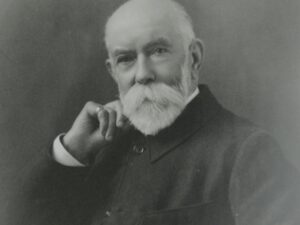
One of the most significant contributions of Thomas Burberry was the invention of the Gabardine fabric in 1879. This durable and water-resistant fabric was created by waterproofing and weaving fine cotton yarns in a twill pattern. The fabric was a breakthrough in outerwear technology, as it offered excellent protection from rain and wind while remaining breathable and lightweight.
Throughout the late 19th and early 20th centuries, Burberry expanded its offerings, incorporating stylish and functional garments for women and children. The brand became well-known for its trench coats, which were originally designed for British military officers during World War I. These trench coats, made from the signature Gabardine fabric, soon gained popularity among civilians due to their practicality and timeless elegance.
In 1924, Burberry introduced its iconic check pattern, featuring the distinctive camel, black, red, and white plaid design. Initially used as a lining for their trench coats, the check pattern became synonymous with the brand’s luxury and heritage. Over the years, the Burberry check has been incorporated into various products, including scarves, bags, and accessories.
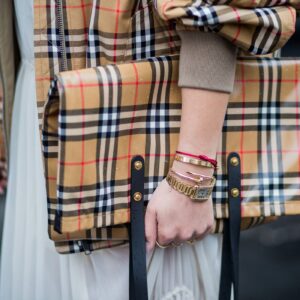
Burberry’s reputation as a leading luxury fashion brand continued to grow, leading to international expansion. In the 20th century, Burberry opened stores in various countries, solidifying its position as a global fashion house.
Burberry’s commitment to quality and craftsmanship, along with its iconic designs, solidified its place as a symbol of British heritage and luxury. The brand’s association with the British royal family further elevated its status and popularity among elite clientele.
In the late 20th century, Burberry experienced a revival under the leadership of creative director Christopher Bailey. He brought a fresh perspective to the brand while maintaining its iconic elements. Burberry embraced digital innovation and e-commerce, successfully reaching a new generation of consumers through digital marketing and social media.

Today, Burberry remains a symbol of British luxury and craftsmanship, with its timeless designs, innovative approach, and enduring legacy making it a beloved global fashion icon.
Marketing Strategies of Burberry
Burberry has adopted various marketing strategies to establish its position in the highly competitive fashion industry and maintain its allure as a symbol of British elegance and sophistication. Let’s explore these marketing strategies in detail:
Brand Heritage and Storytelling:
Burberry has been around since 1856. Over time, they have built up a strong reputation for quality and craftsmanship, which has helped them become one of the most well-known brands in the world. One key aspect of their success has been their ability to tell stories through their marketing campaigns and products themselves.
For example, Burberry often incorporates elements from their rich history into their designs and advertising campaigns. They use iconic symbols like the trench coat and tartan pattern to evoke feelings of tradition and nostalgia among consumers. This helps create a sense of connection with customers who may feel that these items represent important aspects of British culture and identity.
In addition, Burberry uses storytelling techniques in their marketing efforts to build emotional connections with customers. For instance, they regularly collaborate with high-profile artists and photographers to produce stunning visual content that tells unique stories and captures the essence of the brand. These images are then shared across social media platforms to reach new audiences and engage existing ones.
Another key component of Burberry’s brand heritage and storytelling approach is their focus on creating experiences that bring customers closer to the brand. For example, they host events such as London Fashion Week shows and launch parties where guests can interact with the latest collections and meet members of the creative team behind the brand. By doing so, Burberry creates opportunities for customers to connect with the brand on multiple levels and foster long-term loyalty.
Iconic Check Pattern and Brand Identity:
Burberry’s iconic check pattern is one of the most recognizable patterns in the world. It is a classic design that is instantly associated with the brand. The pattern is made up of interlocking beige, black, and red stripes, and it is often used in clothing, accessories, and home goods.
The check pattern was first introduced by Burberry in 1924. It was originally used as a lining for the company’s trench coats, but it quickly became a popular design in its own right. The pattern is said to be inspired by the traditional Scottish tartan, and it has come to represent Burberry’s British heritage and sense of luxury.
Burberry has used its iconic check pattern to great effect in its marketing campaigns. The pattern is often featured prominently in advertising, and it has helped to create a strong sense of brand identity for Burberry. The pattern is also a valuable asset for the company, as it can be licensed to other businesses.
Digital Innovation and Social Media Engagement:
As a leading global fashion brand, Burberry recognizes the importance of leveraging technology and social media to connect with customers and drive sales growth. Here are some ways in which Burberry utilizes digital innovation and social media engagement:
E-commerce Platform:
Burberry launched its own online platform in 2014, allowing customers to purchase directly from the website. This not only provides convenience but also allows Burberry to capture valuable data on consumer behavior and preferences.
Virtual Reality Experience:
In 2017, Burberry partnered with Google to create a virtual reality experience called “Burberry Kisses.” Customers could virtually try on lipstick shades and share pictures on social media using #BurberryKiss. This initiative was successful in generating buzz and increasing engagement with the brand..
Interactive Campaigns:
Burberry frequently partners with influencers and celebrities to promote their clothing lines via interactive campaigns on Instagram and TikTok. For instance, during London Fashion Week, Burberry live-streamed their runway show on Snapchat and Instagram Stories, providing exclusive access to fans worldwide.
Personalization Techniques:
Burberry employs machine learning algorithms to analyze customer data and tailor email communications accordingly. Email subject lines might read “Hey [Name], here’s your new favorite dress,” emphasizing individuality and exclusivity.
Collaborating with Social Media Stars:
Burberry collaborates with popular social media stars like Luka Sabbat and Joshua Brinson to design limited edition capsule collections inspired by Joshua Brinson to design limited edition capsule collections inspired by their personal style and interests. The collaboration results in unique pieces that resonate with younger generations and increase brand awareness.
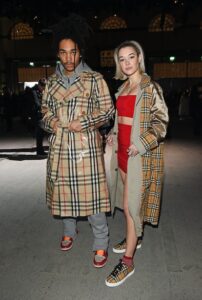
To summarize, Burberry effectively combines digital innovation and social media engagement strategies to enhance customer experiences and boost sales growth. By focusing on personalization techniques, virtual/augmented reality experiences, AI chatbots, and influencer collaborations, Burberry stays ahead of industry trends and maintains relevancy in today’s fast-paced retail environment.
Influencer Marketing and Celebrity Endorsements:
Burberry has successfully employed this technique by collaborating with various types of influencers including fashion bloggers, microinfluencers, and even fictional characters (like Harry Potter). Burberry works closely with fashion influencers like Cara Delevingne, Rosie Huntington-Whiteley, and Lily James to wear their outfits on red carpet appearances and promote the brand on social media. Additionally, Burberry collaborated with streetwear designer and influencer Virgil Abloh to release a limited edition collection.
Burberry has also worked with numerous renowned actors, musicians, athletes, and other public figures to showcase their apparel and accessory ranges. Burberry has featured notable names like Eddie Redmayne, Domhnall Gleeson, and Naomi Scott wearing their clothes in movies like Fantastic Beasts series and Aladdin. Moreover, Burberry has dressed several Oscar winners and nominees during awards ceremonies like the Academy Awards and Golden Globe Awards.
By employing influencer marketing and celebrity endorsements as part of their marketing strategy, Burberry has achieved significant success in promoting their brand and products. It has allowed them to reach wider audiences, build stronger connections with consumers, and foster long-term relationships with key opinion leaders and high-profile figures within entertainment industries. These tactics contribute significantly to Burberry’s overall marketing efforts and help drive sales through targeted advertising and word-of-mouth referrals.
Fashion Shows and Experiential Marketing:
Burberry has utilized fashion shows and experiential marketing as effective tools to promote its brand identity and connect with customers. Here’s more information about these two marketing strategies:
Fashion Shows:
Burberry organizes annual fashion shows where they unveil their latest collections to industry professionals, journalists, and influential guests. These events serve multiple purposes beyond just displaying new designs; they also function as immersive brand experiences designed to capture attention and create buzz.
During the shows, Burberry often incorporates cutting-edge technology such as augmented reality, virtual reality, and projection mapping to add interactivity and surprise elements. They may also feature live performances or special guest appearances to heighten the sense of occasion and make each event memorable.
Experiential Marketing:
In addition to traditional advertising methods, Burberry actively seeks opportunities to bring its brand values and storytelling to life through immersive experiences. These experiential marketing initiatives aim to captivate visitors emotionally and leave lasting impressions that encourage brand loyalty and advocacy.
For example, Burberry opened a flagship store in Knightsbridge, London, which features a multimedia exhibition space called the “Burberry Gallery.” This area hosts rotating exhibitions featuring items from the company archives, photography installations, and artwork collaborations. Visitors can explore the history of the brand while discovering new products and interacting with the space itself.
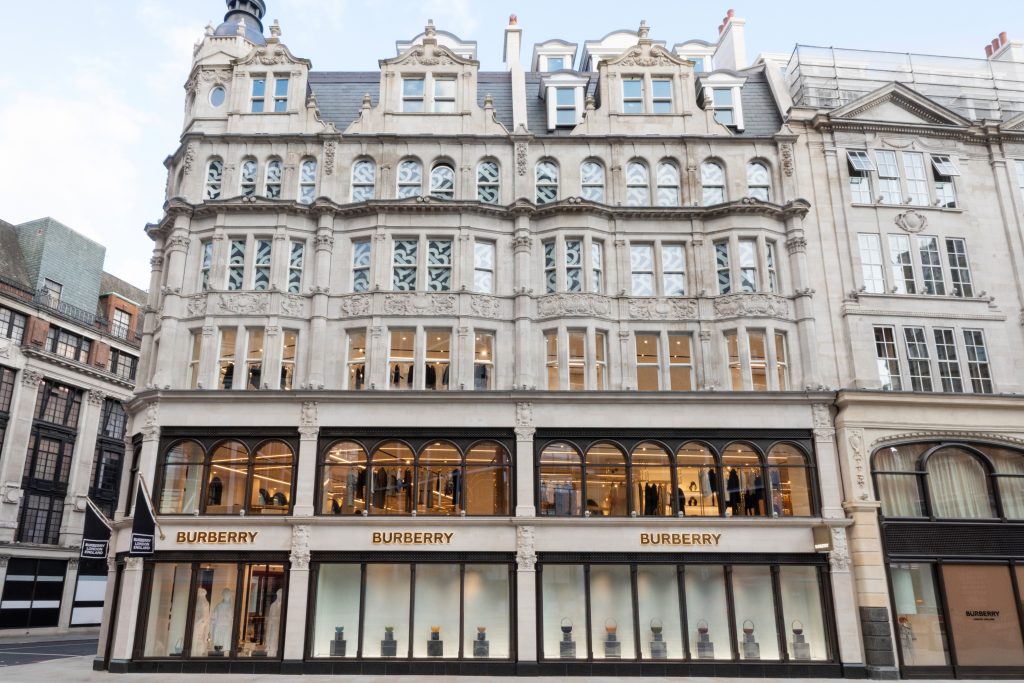
Another example includes Burberry’s “Makers House” project, launched during London Fashion Week. This pop-up venue hosted workshops, talks, and craftsmanship demonstrations, allowing attendees to learn about British textile production and meet skilled artisans involved in creating Burberry products.
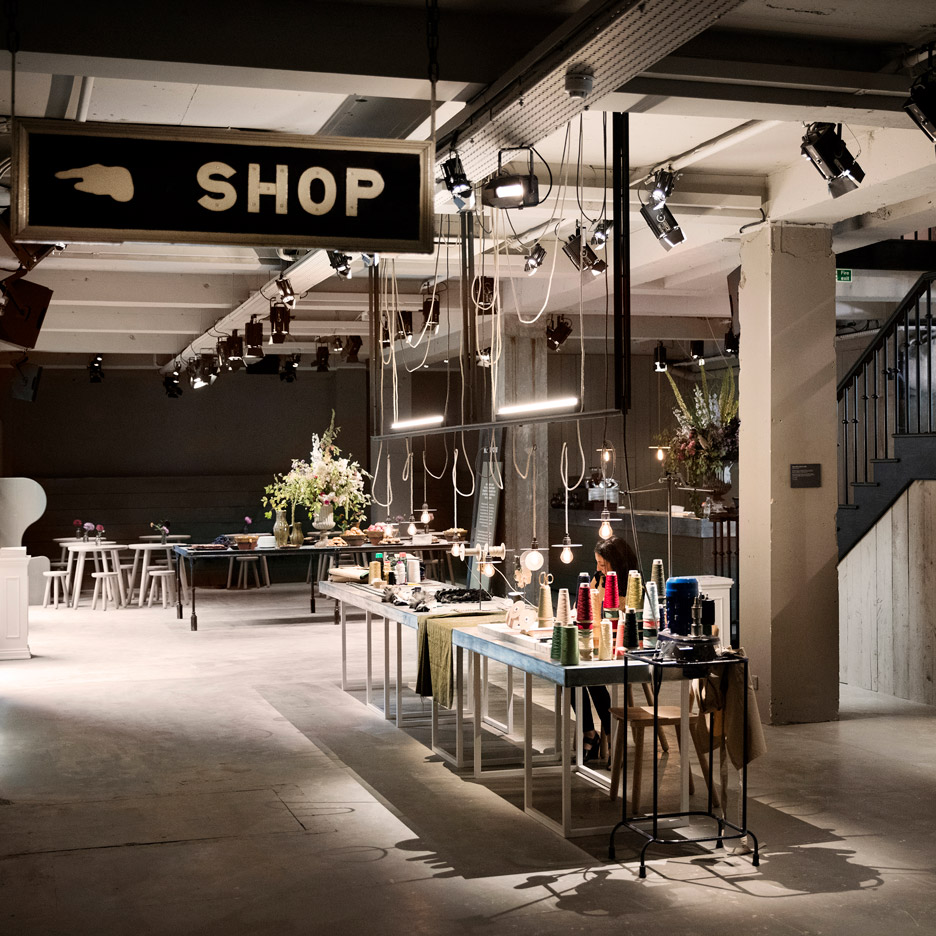
Overall, Burberry uses fashion shows and experiential marketing to tell stories, share heritage, and engage customers in meaningful ways. These activities not only showcase the brand’s creativity but also deepen customer affinity by providing unique and memorable interactions with the brand. By investing in these innovative marketing approaches, Burberry effectively communicates its vision and values to diverse audiences worldwide.
Personalization and Customer Engagement:
Personalization involves tailoring communication and offers to individual customers based on their preferences, behavior, and purchase history. Burberry employs various techniques to deliver personalized content across channels including email campaigns, website recommendations, mobile push notifications, and even physical stores.
One way Burberry excels at personalization is through data analysis and segmentation. The brand gathers insights into consumer behavior using web analytics, CRM systems, and AI algorithms. Then, they divide their audience into distinct groups based on shared characteristics such as age, location, interests, and purchasing patterns. With this information, Burberry creates customized messaging and recommendations that resonate better with specific segments of their client base.
To enhance customer engagement, Burberry focuses on building emotional connections between shoppers and the brand. One method is offering exclusive content and experiences accessible via digital platforms or in-store visits. For instance, Burberry’s online magazine, “The Thread,” provides articles, videos, and behind-the-scenes looks at the brand’s universe. Meanwhile, the retail locations host events, artist residencies, and interactive installations to immerse clients in the brand culture.
Additionally, Burberry encourages user-generated content (UGC) sharing and participation through social media campaigns. Customers can upload photos of themselves wearing Burberry clothing or tagging related posts with branded hashtags. This UGC serves as free advertising and helps attract new customers who appreciate seeing real people enjoying the brand.
Moreover, Burberry emphasizes community building by facilitating conversations among customers through chatbots, messenger apps, and social media comments. This approach allows individuals to bond over shared passions and receive support from the brand when needed.
Store Experience:
Burberry places great importance on creating an exceptional store experience for its customers. Here are some details on how Burberry utilizes store experience as a marketing strategy:
Physical Retail Presence:
Burberry believes in having a strong physical presence globally. It operates more than 200 directly owned stores across major cities and regions worldwide. Each store reflects the brand identity and plays a crucial role in connecting with local communities.
Innovative Design & Layout:
Burberry pays close attention to designing and laying out its stores to ensure maximum impact. Its stores have been designed to offer an immersive shopping journey where customers can feel part of the brand’s world. The layout is carefully planned to optimize product displays and create an inviting atmosphere.
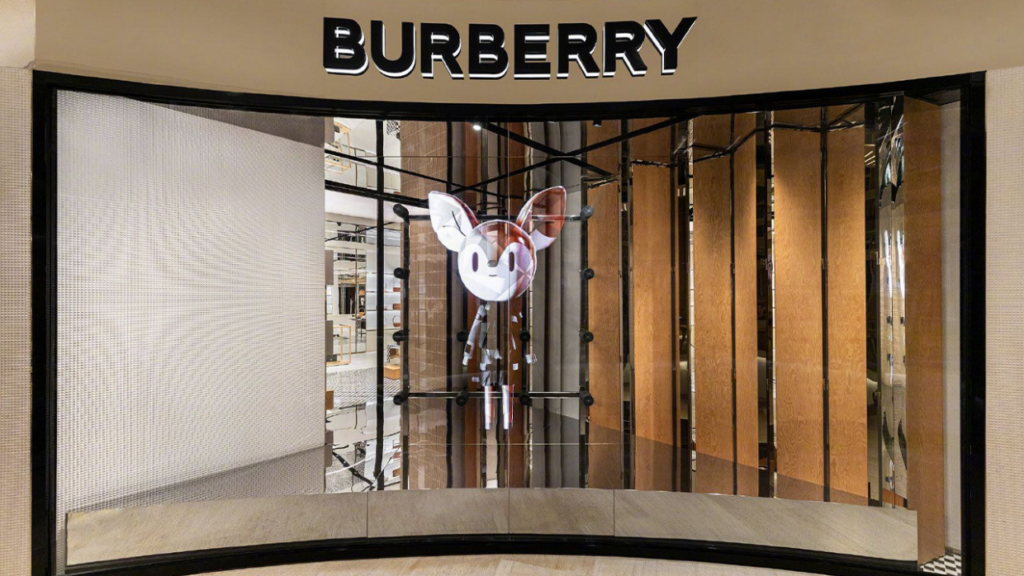
Digital Integration:
Burberry seamlessly integrates digital technologies into its brick-and-mortar stores. Interactive touch screens allow customers to browse collections, view lookbooks, and access exclusive content. QR codes on product tags direct users to additional information or video content. RFID chips track inventory levels and enable self-service checkout options.
Sensory Brand Immersion:
Burberry strives to create an all-sensory brand experience within its stores. Scents like leather and wood paneling complement the ambiance created by lighting and soundtracks. Visual merchandising incorporates seasonal themes and iconic motifs like the trench coat. Textured materials and tactile finishes appeal to touch.
Event Hosting:
Burberry regularly organizes events in its stores to engage customers and build brand awareness. Fashion shows, concerts, film screenings, and other cultural happenings draw crowds and generate buzz. Collaborations with artists and musicians further strengthen ties with popular culture.
Omnichannel Approach:
Burberry adopts an omnichannel approach to sales and service. Sales associates use tablets to assist customers and complete transactions anywhere in the store. Online order pickups and returns are available in-store. Personal styling consultations and alterations services add value to the overall shopping experience. By providing these amenities, Burberry makes visiting its stores worthwhile and memorable.
Seasonal Merchandise Rotation:
Burberry keeps its stores fresh by rotating stock according to seasons and fashion trends. New arrivals keep things interesting while clearance promotions encourage impulse buying. Limited edition collaborations and capsule collections spur excitement and urgency.
In summary, Burberry prioritizes crafting a unique and captivating store experience that showcases its heritage, innovation, and connection to British culture. From cutting-edge technology integration to sensory brand immersion, Burberry goes beyond traditional retail practices to provide an unforgettable encounter with its brand. By investing in physical spaces and human interactions, Burberry cultivates lasting bonds with customers and reinforces its reputation as a premium luxury brand.
In conclusion, Burberry’s marketing strategies embrace its brand heritage, iconic designs, digital innovation, and customer engagement to maintain its position as a coveted luxury fashion brand. By effectively combining tradition with modernity, Burberry continues to captivate audiences worldwide, solidifying its status as a timeless symbol of British luxury and sophistication.
Marketing Mix of Burberry
The marketing mix, also known as the 4Ps, is a fundamental framework that outlines the key elements a company uses to market and promote its products or services. Let’s explore the marketing mix of Burberry in detail:
Product:
- Core Offerings: Burberry’s core products include its iconic trench coats made from the innovative Gabardine fabric, which provides durability and water-resistance. The brand also offers a wide range of high-end apparel, outerwear, accessories, and footwear that exude sophistication and timeless elegance.
- Exclusive Collections: Burberry regularly launches exclusive and limited-edition collections that cater to its discerning clientele, creating a sense of urgency and desirability.
- Seasonal Offerings: The brand introduces seasonal lines that align with fashion trends, ensuring its product offerings remain relevant and up-to-date.
Price:
Burberry positions itself as a premium luxury brand, and its pricing strategy reflects the high-quality materials, design, and craftsmanship of its products. The brand commands premium prices to cater to affluent consumers seeking exclusivity and exceptional style. While their core products maintain premium pricing, Burberry also offers more accessible items, such as fragrances and accessories, to appeal to a broader customer base.
- Premium Pricing Tiers: Burberry positions itself as a luxury brand, commanding premium prices for its core products. The brand’s pricing reflects the exceptional quality, craftsmanship, and design associated with its products.
- Price Segmentation: While maintaining premium pricing for its signature items, Burberry also offers a range of products at different price points, allowing a broader customer base to access the brand.
Place:
Burberry employs an omnichannel approach, ensuring its products are accessible through various distribution channels:
- Global Retail Presence: Burberry strategically establishes physical retail stores in prominent locations worldwide, including major fashion capitals and luxury shopping districts.
- E-commerce and Online Presence: Burberry’s e-commerce platform provides customers with an effortless and immersive shopping experience. The website showcases the full range of products, offers easy navigation, and seamless checkout options.
- Wholesale and Collaborations: Burberry products are also distributed through upscale department stores and select luxury boutiques. The brand collaborates with exclusive partners for special collections or limited-edition releases, further expanding its reach.
Promotion:
Burberry’s promotional strategies emphasize creating an aspirational image and building an emotional connection with its target audience. The brand employs several marketing tactics to promote its products and strengthen its brand identity:
- Emotional Branding: Burberry’s promotional campaigns focus on conveying the brand’s heritage, craftsmanship, and British roots, eliciting emotions such as luxury, elegance, and tradition.
- Iconic Branding: Burberry’s iconic check pattern is prominently featured in its advertising, product design, and store displays, reinforcing its brand identity and differentiating it from competitors.
- Digital and Social Media Marketing: Burberry effectively uses digital marketing channels, social media platforms, and email campaigns to engage with customers, build brand loyalty, and generate buzz around new collections and campaigns.
- Fashion Shows and Events: Burberry’s high-profile fashion shows, often streamed online for a global audience, serve as major marketing events, attracting media attention, and creating excitement around new collections.
In conclusion, Burberry’s marketing mix exemplifies its commitment to delivering a luxury experience that combines heritage, innovation, and craftsmanship. By strategically leveraging its core offerings, premium pricing, global retail presence, captivating promotions, and personalized services, Burberry continues to thrive as an iconic luxury fashion brand with a global following.
Also Read: The Sparkle of Success: Swarovski Marketing Strategies & Mix
To read more content like this, subscribe to our newsletter
